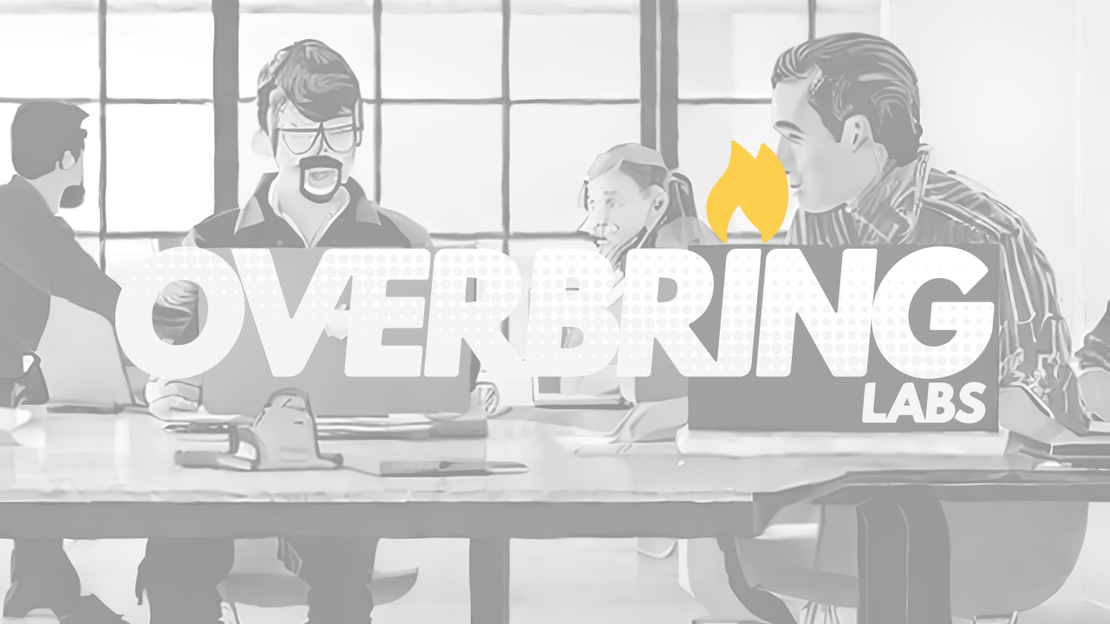With the need to increase the flexibility of operations of TECTRA Ltd by enabling secure and speedy access to and work on/with information from outside the office, while maintaining the company’s minimal independence on paid third-party services, Isaak Tsalicoglou revamped the company’s IT infrastructure and software landscape to enable remote and more-efficient work through the use of the following hardware, software and tools:
Infrastructure and access
- Configured, procured, built, installed and administered (with ultra-low monthly effort) three low-powered, Celeron-based servers for three locations (one main, two “satellites”), with Debian 10/11/12 and Proxmox VE
- Servers at 3 different locations for local access speeds, redundancy, and off-site backups
- Replaced old and power-hungry client PCs with low-powered and capable refurbished Lenovo desktops (ThinkCentre SFF and Tiny) and laptops (Thinkpad X220/X230/T420/T430)
- Wireguard VPN enabling secure access to the intranet from anywhere, including from smartphone
- External-facing services reverse-proxied by NGINX to internal KVM VMs via the Yggdrasil iPv6 mesh network
Services
- Google Workspace emails downloaded locally with fetchmail, processed with procmail into separate mailboxes, filtered with spamassassin, served by courier-imap, and accessed via Thunderbird or Roundcube
; email sending from different email identities (
accounting@...,sales@...) through an exim4 SMTP relay to Google’s servers - File serving to Windows and Linux laptops and desktops via Samba , with antivirus-scanning by ClamAV
- DNS-based ad and malware filtering using Pi-hole with ESNI through unbound to OpenDNS and Cloudflare DNS servers
- Company calendars and contacts using Radicale for CalDAV and CardDAV and Thunderbird’s Lightning and CardBook extensions
- Prosody server for internal messaging with XMPP
- Tracking of progress from sales inquiry to invoice settlement using kanban on WeKan
- Sharing of product and offer documentation with customers thanks to filebrowser on files.tectra.gr instead of Dropbox
Security and backups
- Redundancy and distribution of some datasets/directories through a GlusterFS cluster with 5 replicas across 3 locations
- Incremental syncronization between the main and the satellite servers using Unison
- Automated incremental, off-site backups using borgbackup
- Automated notifications of events using ntfy.sh and a Telegram bot
Other
- Information on databases with NocoDB and through APIs and microservices developed specifically for the company’s requirements
- Legacy Windows XP-only software (Visioneer PaperPort 8.0) for access to the company’s 30-year-old archive of scanned documents virtualized using KVM, later replaced by open-source software (paperman) and finally made obsolete through the conversion of all proprietary, ancient MAX files to PDF using max2pdf

